Newsletter: March 2023
Visit to Latvia
This month our Collections Manager, Sarah Tyley, travelled to Riga, the capital of Latvia, to provide objects for an international travelling exhibition celebrating the centenary of the national currencies of the Baltic States.
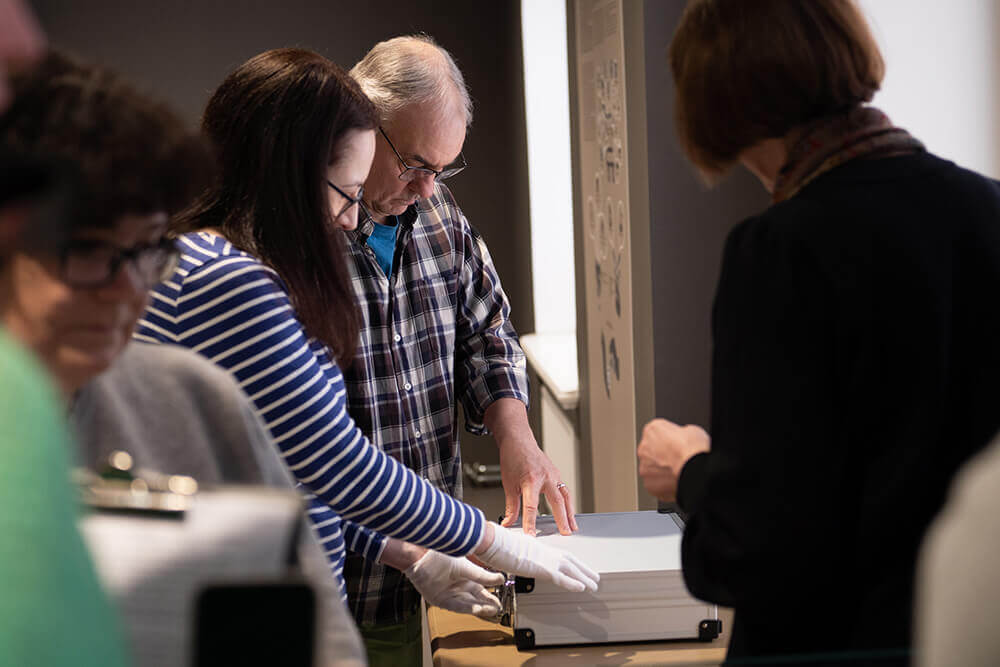
Mārtiņš Vāveris, Researcher in the Department of Numismatics at the Latvian National Museum of History wrote:
‘On March 3, the National History Museum of Latvia opened the international travelling exhibition “100 years: litas, lats, kroon”. It is dedicated to the centenary jubilee of the national currencies of the Baltic States – Lithuania, Latvia and Estonia. The exhibition was developed in collaboration with the National Museum of Lithuania and the History Museum of Estonia.
‘One of the exhibition objectives was that each country should emphasise more its national currency history when the exhibition would be in that country. Therefore, the authors of the Latvian section, in an attempt to unravel one of the mysteries of Latvian numismatic history, conducted research in archives and museum collections. One of the many research paths led to The Royal Mint, where Latvian silver coins were minted in the inter-war period.
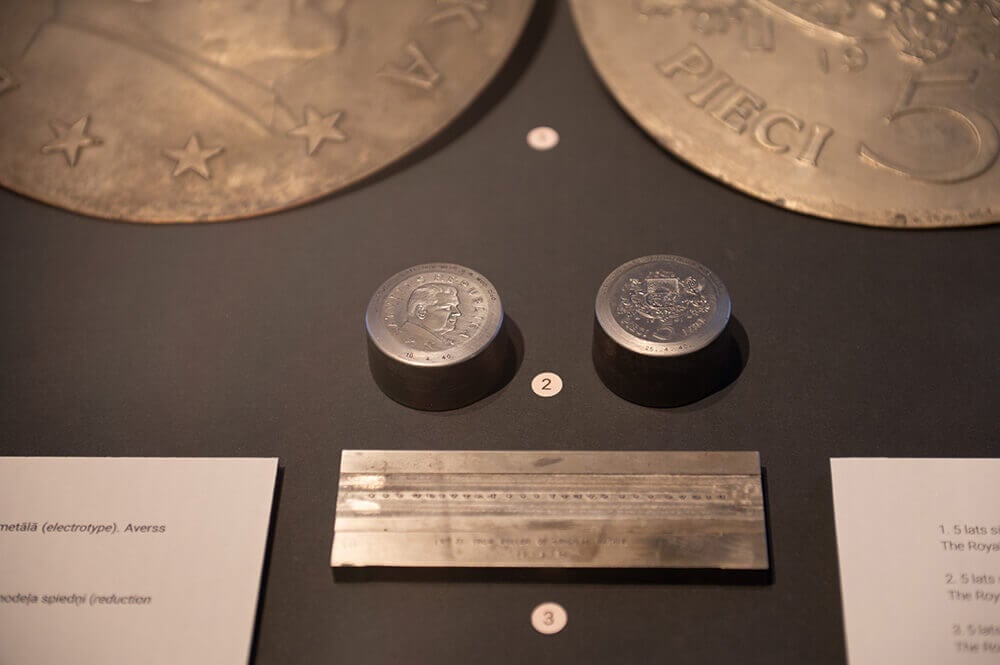
‘The finds in the Royal Mint Museum were a tremendous success. It showed that Latvia’s idea to mint a new 5 lats silver coin in the late 1930s was not just an idea. The Royal Mint, following an order and design sent by the Latvian Government, carried out preliminary work on the dies and blanks for the new silver coin. However, due to the Second World War, the Royal Mint was able to complete only the reduction punches, and the planned 5 lats silver coin featuring the portrait of the Latvian Prime Minister Kārlis Ulmanis was never struck.
‘The intention was to mint coins in Latvia at the State Paper Printing House and Coin mint in Riga, but the technical part of the manufacturing was carried out by the Royal Mint. The designer of the coin is unknown, but the plaster model was made by the great Percy Metcalfe. The exhibition opened last year on September 28 in Vilnius, but after Riga – it will travel to Tallinn, Estonia.’
STEM Cymru
For the past two years the Museum has been working with the Engineering Education Scheme Wales (EESW) on Sixth form engineering projects.
The scheme partners companies and organisations with schools and colleges to set students real world engineering challenges. The students then spend six months working on the project and showcase their work at the annual Crest Awards where they compete against other teams of students.
This year the Royal Mint Museum worked with two teams from Whitchurch High in Cardiff, challenging the students to develop an exhibit that demonstrated historic minting techniques.
The awards were held at Swansea Arena and the Museum’s Education Manager, Amy Williams, went along to support them on the day.
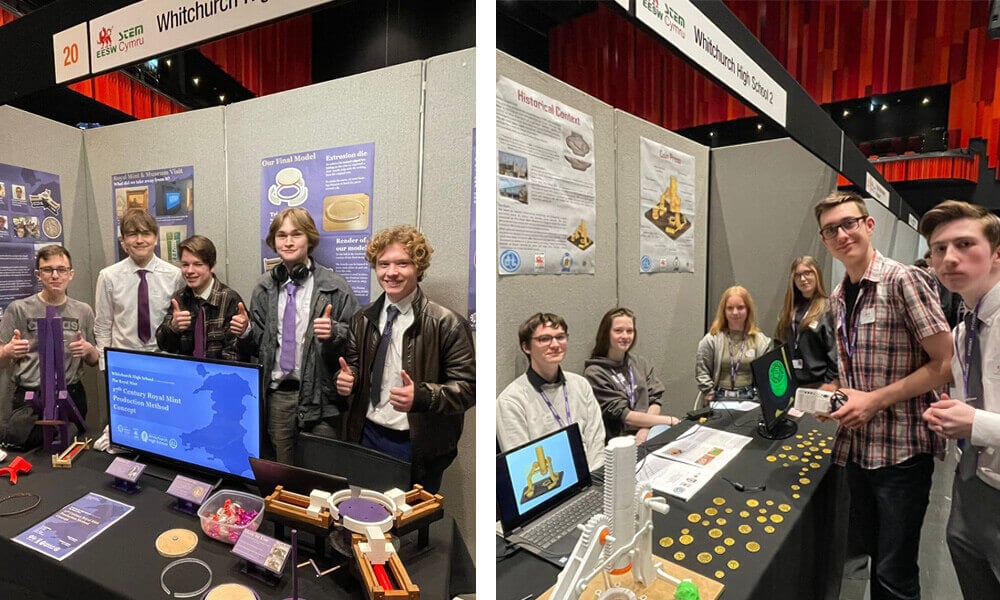
Race Council Wales
Our Project Coordinator, Beth James, attended the Race Council Cymru seminar on the embedding of anti-racism principles into the fabric of society, part of the amazing work that the Welsh Government is leading to make Wales anti-racist and advance racial equality across the country. The seminar is available to view online at https://twitter.com/i/broadcasts/1mrGmkmyyBnxy
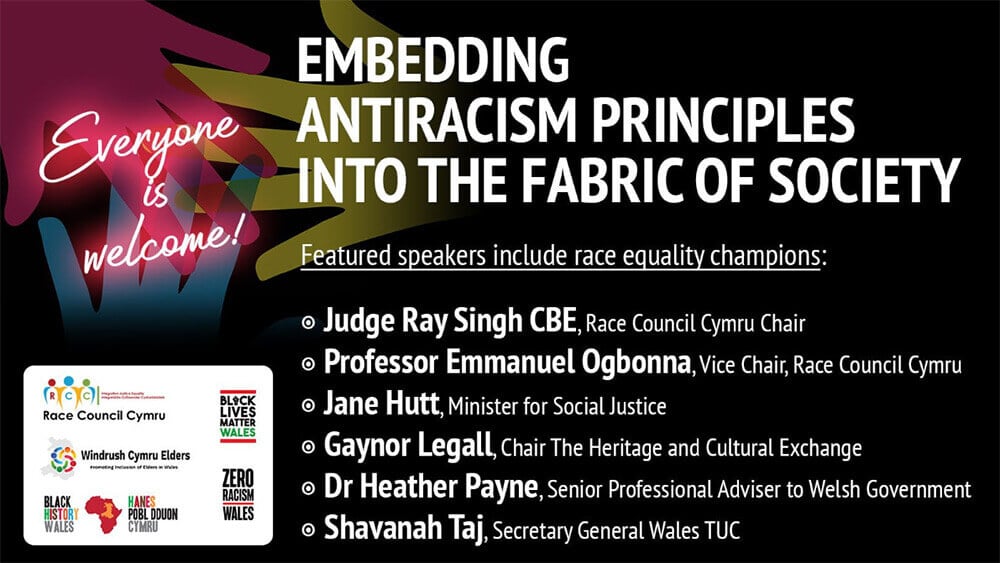
School visit
The Museum’s Education Manager, Amy Williams, and the Museum Assistant, Megan James, visited Coed Y Dderwen Primary school earlier this month to deliver a sustainability workshop as part of the Royal Mint’s community outreach programme.
The school has a big focus on sustainability and the pupils look after the school garden which has a newly planted orchard and a large polytunnel where they grow vegetables, herbs and fruit.
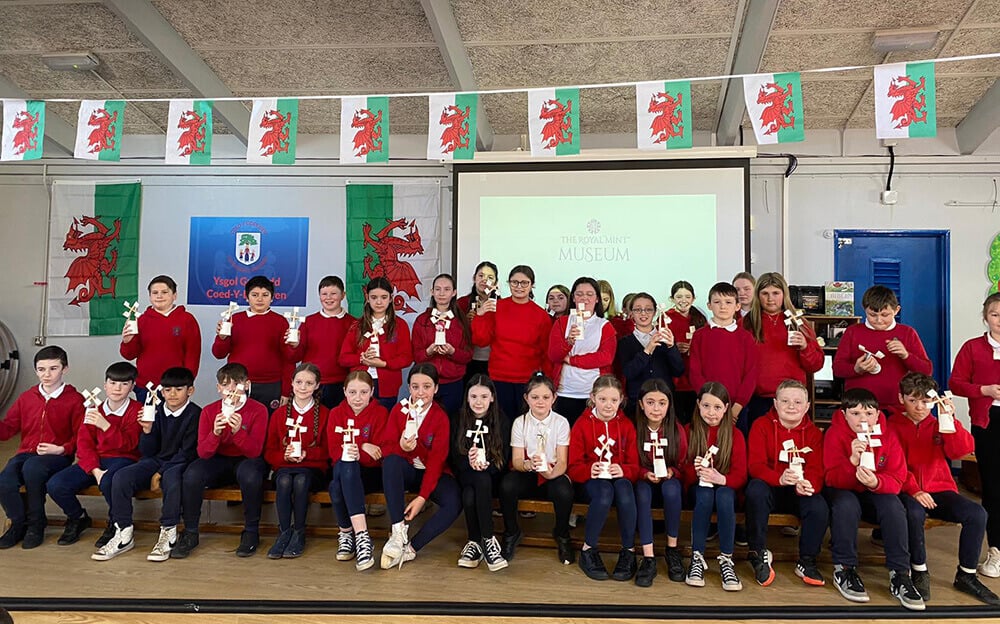
Amy and Megan ran a practical STEM session for their year 6 class (ages 10-11) where they made miniature working wind turbines which power led lights. They also gave a presentation to the class to tell them about the Royal Mint’s sustainability projects, covering their focus on renewable energy, including Delilah, the yellow and green daffodil style wind turbine, at the Mint in Llantrisant. Amy and Megan also talked about the range of ways the Mint is tackling climate change and sustainability from large initiatives like the new gold recovery and e-waste recycling plant at the Mint, to smaller-scale projects, such as the staff garden.
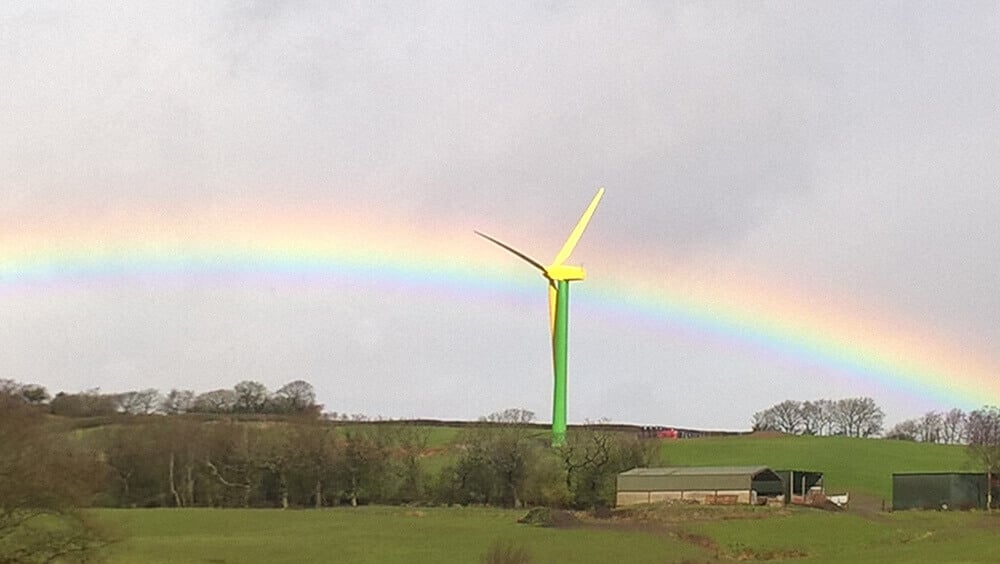
Talks
In addition to all the other events going on in March, our hard-working Curators gave ten talks to visitors and external groups. From Newport Golf Club and Cwmbran Historical Society, to the Governor of the Bank of Eswatini, our team talked about the history of the Royal Mint, helped with research into the use of sovereigns in Greece and demonstrated how the Royal Mint harnesses the power of nature to run the manufacturing plant. To book a talk or virtual visit for your organisation you can contact us via our website: https://www.royalmintmuseum.org.uk/quick-links/contact-us/
